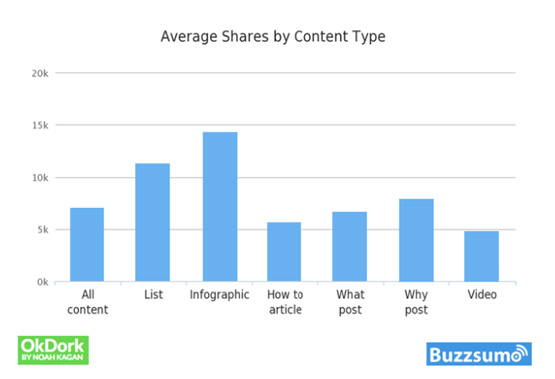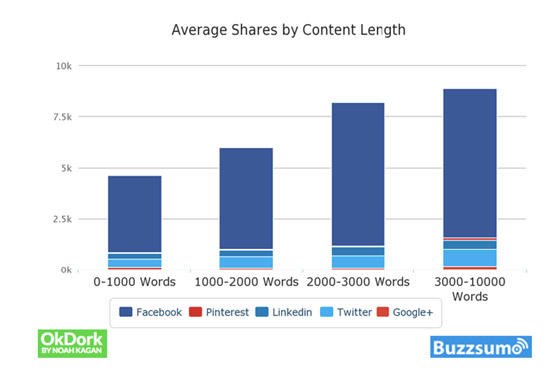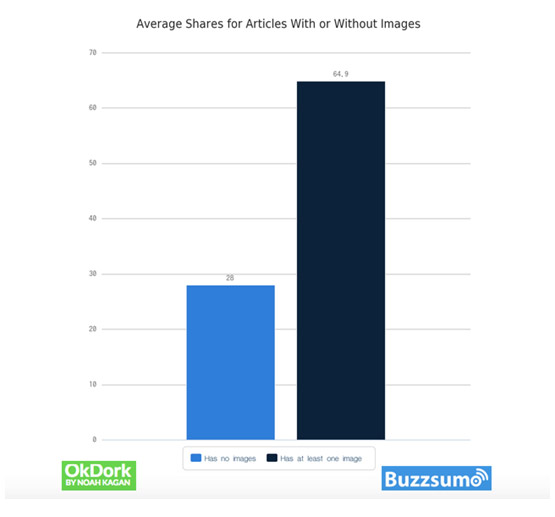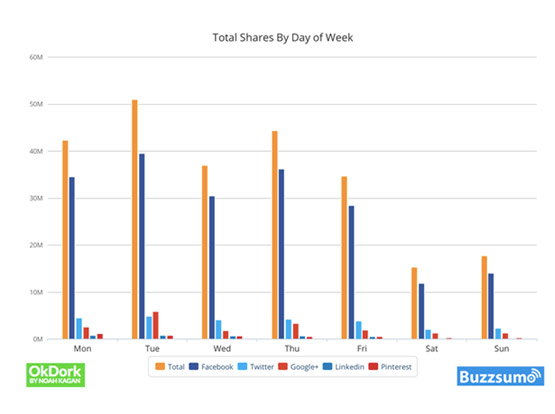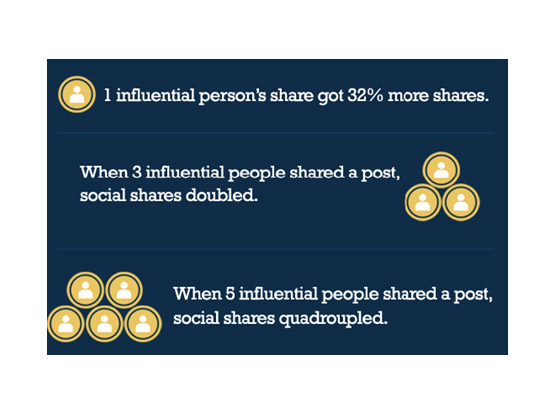4. Feature interactive content
Interactive content will keep your audience on your website for longer. If your content was able to get their attraction, then the interactive content is more likely to make them check out something else on your website while they are there.
You can include things like games, quizzes, maps or videos, as they are guaranteed to keep the visitors entertained. Your chances of going viral will be increased if you come up with something that is very original and culturally relevant at that time.
The takeaway here is that people like to contribute, so give them a chance to do just that.
5. Provoke a response
The main ingredient of every viral piece of content is that is able to provoke a strong response and emotional reaction from the people reading it. Virality can possibly be understood through the emotional state of the viewer or reader, so you shouldn’t be playing it too safely. You’ll need to push the boundaries and give audience something very original in order to provoke high levels of arousal such as amusement, surprise, awe, anger, or anxiety.
Remember that content has more chance of going viral if is positive, and the key to sharing on social platforms is the level of arousal. So, the more they are aroused (preferably positively), the more chance there is that they’ll share that content. Don’t kill the vibe with negative themes. People also tend to share the content in expectation that it’ll raise their social standing, to help others and to generate reciprocity (to get something in return).
6. Teach your audience
We all know for practical tutorials and articles found on About.com or WikiHow, but you can go with something shorter and punchy. If you show your audience how to do something they are really interested in, then you have a good shot at making your content go viral.
For example, people who are obsessed with food put pictures of their every meal on Instagram, they read recipes and lists and they watch videos that feature food. BuzzFeed has some great food videos that have millions of views on YouTube.
7. Make the best use of social media
Instead of focusing on just one or two social media channels, you should aim to promote your content on at least every major social media platform: Facebook, Twitter, Pinterest, Instagram, and Tumblr. Other great places that bring millions of readers include Reddit, Digg, and StumbleUpon.


